24 August 2025 – Journey to Selsey
Early Morning Dilemma
I returned home from the wedding at 01:00 AM. My mind was occupied with the question: should I travel during the night to reach the location earlier, or sleep and leave in the morning after reviewing the morning forecast?
After thinking it over, I decided to sleep. I woke up for Fajr at 5:00, got ready, but spent time figuring out where to go. By 9:00 AM, I left home for Selsey. All my gear had been prepared days in advance and was waiting at the door.
On the way, I carefully reviewed the forecasts, considering whether to divert east if necessary. The drive took six hours, and I reached Selsey at 14:56.
Contacting Companions
During the journey, I contacted multiple people, inviting them to join me by 17:00. Everyone wanted to come, but with just five hours’ notice—and travel times of two or three hours—it wasn’t easy.
One brother even set off but suffered a puncture and had to abandon. Br. Qamaruddin contacted me at 12:30 and kept trying to arrange someone to reach me, but by the time the person arrived at my place, it was too late.
Arrival in Selsey
The weather was hot and sunny. The sky had high, crispy clouds with patches of blue, but very dense lower down. The forecast suggested the whole region would remain the same, so I decided to camp here.
As the beach was busy with tourists, I went down to the end of the car park and found a spot where I would cause the least disturbance, with a clear view of the moonset.
First Sighting with a Telescope
I quickly began setting up the telescope, and once everything was ready, I managed to capture the Moon with an astro camera at 15:33:53. It was barely visible through the clouds due to the nature of the cloud cover.
After spotting it with the astro camera, I started searching for the Moon through the eyepiece. I could see that both the Moon and Sun were in areas of the sky covered by a mixture of thin and strong clouds. Time passed, and I had no choice but to wait until the Moon descended into a clear blue patch to observe it visually through the optics.
After some time, I noticed the Moon moving into the clear patch of sky. I focused my attention and prepared my eyes for observation. It took some time and effort, but by around 16:00, I could barely distinguish the Moon through the eyepiece. Having observed the Moon this way before, I knew what to expect.
Confidence Beyond the Codes: Lessons from Field Experience
On 24 August 2025, Yallop classified the moon observed from Selsey as Code E, defined as “not visible with a telescope.” Because of this classification, many assumed the crescent would not be seen that day in the UK except in the area in code D. But let me confirm: the crescent moon was indeed observable with optical aid, and later appeared distinctly thick and relatively easy to recognise.
From my perspective, this sighting did not bring any sense of surprise or breakthrough. There are several reasons for this. Based on prior experience, I fully expected the moon to be visible under fair sky conditions. This was not guesswork, but the result of years of systematic observation, analysis, and repeated success in detecting moons in similar positions. By the way, the 24 August 2025 sighting was also the second time I had personally observed a moon within this range of parameters, which Yallop classifies as Code E. For me, therefore, the effort on 24 August 2025 was simply a matter of being in the right place at the right time.
My purpose here is not to present a complete analysis, but I would like to share a useful contrast. On 4 September 2024, in Girvan, I did not succeed in observing the moon, one I considered very similar to the 24 August 2025 crescent. I recorded it as a negative sighting because I could not see it, despite being confident that it would be visible under clear skies. I had shared this expectation privately with numerous contacts, expecting that the moon in Girvan should have been visible. I still remember that evening: within an hour of moonset, on my way home, I was already turning the problem over in my mind. Later, at home, I carefully analysed the reasons for this failure and developed a working theory, which I plan to elaborate on in a separate account. Despite that miss, I remained convinced that the Girvan moon of 4 September 2024 should have been visible. Hence, my preferred location to observe the crescent moon on 24 August 2025 was once again Girvan, to test this further and prove my analysis. Unfortunately, cloud cover across the northern UK prevented any opportunity there, so I had to go to Selsey, which was in code E instead of F.
The failed sighting of 4 September 2024, and the analysis that followed, taught me important lessons—just as every moonsighting day does. That process of reflection and planning ultimately led to what I consider a significant step forward in my personal observation journey: the sighting of 30 March 2025. That crescent was classified as Code A—a routine case for most people. Yet for me, it was significant from the very moment I first saw it. I understood exactly what I had achieved that evening, and it marked an important milestone because it confirmed the methodological progress I had been making.
The Marathon of Showing the Moon to Others
Now began the marathon of trying to show others the moon. With my full setup open, people walking by often stop, admire, and talk among themselves: “Wow, what a setup—what’s he doing?” Sometimes they don’t disturb me because I look engrossed, but when I notice, I entertain them and invite them to try when I think the moon is visible.
Attempt to Reach Ingrid
I contacted Ingrid, a local person who had successfully observed a far harder crescent with me on 25 July 2025 from the very same location. Sadly, she was out of Selsey. Had she been here, her experience would have been an asset.
Encounter with Lil Baker and Sir Patrick Moore
The first person who joined me was Lil Baker, who stood by me for almost 30 minutes. He knew a little about the stars and sky, so I thought he would be perfect to show the moon to. Unfortunately, at that moment, the moon had slipped behind clouds. I asked him to watch my gear while I prayed Dhuhr and Asr, which he kindly did.
During our conversation, he mentioned Sir Patrick Moore, a renowned English astronomer, broadcaster, and author from Selsey, who hosted The Sky at Night. Being from Selsey himself, he explained how Sir Patrick used to lay out teleopes in his backyard and invite the local public.
At one point, the moon briefly reappeared. I asked him to try, but he told me he had an eye condition and couldn’t, so he did not even try it. Still, he was keen and supportive, and he did see the moon through the astro-camera.
An Asian Couple
An Asian couple walked past, curious about my setup. I explained and invited them to give it a try. They spent 10 minutes at the eyepiece but could not distinguish the crescent in the bright sky, as I had expected. I asked them to return later, but they had an emergency and apologised as they left.
Emilia’s Persistence
By now, almost an hour had passed, and no one other than me had managed to see the Moon. It had dropped into a clearer patch of blue sky, making it easier to spot compared to when it was behind thin clouds in bright daylight. Scanning the beach, I looked for a suitable candidate. Just a few feet away, a family was enjoying the sunny afternoon. I approached them and pointed out a man and a young woman, but the man didn’t seem interested. Three ladies from the family, however, eagerly came over to my setup to give it a try.
I explained how to train their eyes under the bright sky and guided them on how to find the Moon. I asked Emilia, the youngest among them, to start first, mentioning my choice aloud, which made everyone laugh. Emilia began searching carefully, following my instructions. I could see her concentrating through the eyepiece, doing exactly as I suggested. She persisted for ten minutes but still couldn’t distinguish the crescent. I encouraged her to take a short break while the other two tried; unsurprisingly, they couldn’t see it either.
After a few minutes, I asked Emilia to try again, advising her to stay calm and focus, reminding her that it wasn’t the Moon being too faint but rather her eyes being dazzled by the sunlight through the eyepiece. Three or four minutes later, she suddenly exclaimed, “Oh yes, I can see it—exactly, clearly!” I knew she had seen it this time from the way she described it, but teasingly said, “No, you’re lying.” She laughed and insisted, “No, 100%! It’s a clear crescent Moon.”
I then asked her to look again through the telescope, and within a couple of minutes, she pointed it out. I checked through the eyepiece to verify the Moon’s position and asked her once more to describe exactly where it was, which she did accurately. To further confirm her observation, I asked her to draw the crescent and other features on the ground—a process I recorded on video while talking her through it.
I invited the man from the group again, but he still wasn’t particularly interested. Soon after, the family left the beach, leaving Emiliia’s successful observation as a memorable highlight of the afternoon.
When Four Muslims Missed the Chance to Observe
During the observations, while the moon shone in the blue sky, a car pulled up beside me. When I looked in, I saw four young men who appeared to be Muslim. I greeted them with “as-salaam alaykum,” and they replied, “wa-alaykum as-salaam, brother,” then asked what I was doing. I felt really happy — they were young and seemed interested, so I invited them to come and have a look. They began walking toward me, but before they reached the telescope, they received a phone call and told me, “Brother, wait — we’ll come later.” I begged them to take a quick look, but they kept saying, “No, brother, we can’t now. We’ll come back, promise.” They never returned.
The Chemtrail Lady
A woman stopped when she saw my professional setup. I showed her the moon on the computer screen. When I was about to offer her the eyepiece, clouds covered it.
That was when she asked about the lines in the sky. I said, “Are they not contrails?” but she passionately argued they were “chemtrails.” She kept me engaged in her theory for 20 minutes, while I tried to return to my observations.
Sighting The “Black Moon” Lady
A lady had been standing by me for quite some time while the earlier Moon was very difficult to see. She was elderly, so I suggested she wait a bit longer until the Moon became easier to spot. Whilst I was busy with what I had to do, she was talking to me about astronomy and photography in the background, so in my mind, I thought, ‘Wow, I’ve found someone who would be a perfect candidate to ask to do the observations once I let her try.’
In the meantime, she had to go to her holiday home to give her parents food, and she returned after about an hour. I then invited her to try observing the Moon. When she approached the telescope, we realised her height was a bit short for the eyepiece. She fetched a pillow from her car to stand on, which barely helped, but she insisted she could see the eyepiece window. I doubted she would have a clear view, yet she was confident. I told her to relax her eyes and begin, and I just turned around to do something else, when she suddenly claimed that she could see the Moon.
I asked, Are you seeing the crescent moon! Wow! I was sceptical, so I asked her to describe what she was seeing. Her description didn’t quite match, and I let her continue. Then she said, “I can see the Black Moon, like a full Moon, but it’s black today.” Surprised, I asked, “The Black Moon?” She confirmed, “Yes, yes.” I understood immediately why she was saying this and politely explained that I was not sure what she was seeing that she claimed was the moon, but I did not believe she was seeing the crescent moon at all.
I then took the time to explain and asked her if she had heard about the “Black Moon” in the media. She said she had. I told her that the press had reported extensively about the “Black Moon” this month, which had created quite a buzz among the public. I explained that it is simply a term used when a new moon conjunction occurs—it is called a Black Moon. This happens regularly every month, and it is not visible from Earth because the side facing us is completely shadowed. This month, the event occurred on 23 August 2025, at 06:06:32. The media referred to it as a “seasonal Black Moon” because it was the third of four new moons within the astronomical summer, but I assured her that no one had seen the Black Moon.
She was kind and understanding, did not argue, and stayed with me for a few more minutes before leaving.
DSLR Mishap and First Photos
Throughout this period, many people approached me, curious about what I was doing. I showed them the Moon live on the computer screen, and many were able to see it that way. However, I reserved the chance to observe through the telescope for young individuals who could spare the time to focus their eyes properly. Even then, when someone was ready, the Moon often slipped behind clouds.
Up until this point, only one person besides me had actually seen the Moon through the optical setup, and now it was hidden again by clouds. It was then that I realised I hadn’t yet tried capturing it with my DSLR camera—my attention had been entirely on showing the Moon to others. I began taking photos around 17:45, but later discovered that none of these images had been saved on my camera. I’m not sure what went wrong; it seems I hadn’t pressed the final button to activate the interval shooting.
Just then, a plane appeared in the direction of the Moon, and I quickly redirected my camera to take a few shots. These became my first successful DSLR pictures of the evening, taken at 18:16, and all subsequent shots were captured after that time. It’s important to clarify that I only realised later, after the observations had ended and I reviewed the images on my laptop, whether the Moon had been captured on the DSLR camera. At the time of taking the shots, I did not just see the Moon on the camera’s display, but I was not even sure if the moon had been within the frame of my shots.
Sighting with Binoculars
By now, the Moon was moving into an area where the sky was gradually becoming cloudier, with very dense clouds near the horizon. In the meantime, I tried showing it through a telescope to a couple of passersby, but they couldn’t see it, although I must say they didn’t really attempt to look seriously. The beach and car park were also starting to empty as people headed home.
Since the beginning, I had set up my binoculars on a tripod, but in the chaos of managing everything single-handedly, I completely forgot to use them. This is normal—no matter how much you plan, when you’re juggling multiple tasks alone, not everything gets done. On paper, these things may seem achievable in hours, but only someone who has tried it a few times can truly understand why it doesn’t always work out.
I quickly lifted the tripod with the binoculars, positioned it just behind my telescope line, and began searching at 19:25. Within a few minutes, at 19:28, I finally spotted the Moon—thick and large. This wasn’t a surprise or a thrill for me, as I had seen similar moons in this way many times before. But what excited me was the chance to let someone else see it.
James: Clouds, Binoculars, and Telescope
Once the tripod head was locked in place, I ran over to a couple sitting in their car about 20 meters away. I explained what I was doing and asked if they’d like to participate. They agreed enthusiastically, saying they had been watching me for a while and were intrigued by my setup. They felt like the perfect moment to be involved with me.
I re-centred the Moon in the binoculars and invited James to take a look. At first, he only saw clouds shaped like a crescent and wasn’t sure what he was observing. I reassured him that what he was seeing was just clouds, based on his description, and he admitted it didn’t resemble the crescent Moon. This was around 19:35. I had already noticed the crescent-like shape through the binoculars myself. Still, I deliberately didn’t mention it beforehand—I wanted him to experience it naturally and provide an unguided observation.
Meanwhile, I looked through the telescope myself, and I saw the Moon much more clearly, so I asked James to leave the binoculars and try the telescope instead. In just a few seconds, he located it and exclaimed, “Oh yes! I can see it easily here—the clear crescent moon.” He described its position, appearance, and other technical details. When he tried returning to the binoculars, he couldn’t see it again. I tried seeing again myself and could see the Moon through the binoculars, but I understood why he couldn’t—it was behind thin clouds, making it difficult for someone inexperienced to distinguish.
Later, around 19:51, the Moon moved into a patch of clearer blue sky, making it slightly easier to spot. I called James back from his car, but this time he said he had already seen it through the telescope and was satisfied; he did not come out of his car to try it a second time.
Photographing Success using Binoculars
It was then that I realised I had forgotten to take photos through the binoculars. The phone was struggling to focus, constantly switching between cameras, and the gap where the Moon appeared was so narrow that I took two shots blindly.
At 19:52, I assumed those quick photos would be useless—I was convinced they couldn’t possibly show the Moon. The bright sunlight reflecting on the phone made it impossible to see anything clearly, and I thought the mobile camera’s focus was insufficient. I had literally just pointed the camera at the eyepiece and taken the two pictures, then completely forgot about it. I think that was because I assumed that the moon would not have been caught in my mobile camera’s view as quickly as I took the pictures.
The next morning, while driving, the memory suddenly returned. I stopped at a service station, opened the images, and faintly saw something. The sunlight still made it difficult to check properly, but after moving into the shade, I was certain—it was the Moon.
Throughout the day, whenever I stopped, I kept opening those two images. Each time, I felt a surge of happiness, realising that despite the rushed conditions, the Moon had indeed been captured. Yet, I remained anxious, eager to explore other ways to cross-check it.
When I finally reached home late that night, the first thing I did was process the images taken by the phone camera. To my delight, the Moon appeared exactly where I had seen it, nestled between the clouds.
After a couple of minutes, at around 19:54, the Moon had slipped entirely behind the lower clouds and a heavy, hazy sky, becoming invisible for the rest of the day.
Visitors Later in the Evening
Abdusamad’s Arrival:
Br. Qamaruddin had been trying to reach local people throughout the day, and finally, Br. Abdusamad arrived with his kids around 20:05. He lives just 10 miles from Selsey. I informed him that the Moon had already descended into the clouds, and even the astro camera couldn’t capture it. I connected him with James, who was still in his car, to confirm that he had seen the Moon through the telescope, though not with binoculars.
I told Br. Abdusamad, “You just came a bit late.” He apologised profusely, explaining that he had been at a football game and couldn’t leave earlier. He mentioned that he had asked several others to come, but no one was available.
Nonetheless, he stayed with me for a while, enjoying the experience, learning about what I had been doing, and getting inspired. He promised that next time, I would inform him in advance. Later, he called me twice more, insisting that I come to his house to rest, have food, and leave the following morning
Askor Ali Meeting
Br. Askor Ali’s business was only a few streets away from where I was, so after packing my things, I decided to visit him before leaving, since he had been trying to come to me all afternoon. It took me less than a minute to reach his place. I exclaimed, ‘Oh no! All day you didn’t come, even though you were literally just a stone’s throw away!
He explained that he had been incredibly busy throughout the day, as it was a sunny bank holiday. He even tried to spare some of his staff to come to me for 15 minutes, but he said they couldn’t spare even a second. We had a chat, and he understood why I was asking someone to come to me. He assured me that next time, I should let him know in advance.
He asked me about whose way of the month was starting right and all the usual questions around moon sighting and commencing an Islamic month. I told him to leave that conversation for another time—I was too tired and eager to review my observations. He kindly offered food, which I did not eat, but I had a drink, as I was too focused on checking the DSLR pictures I had captured and wasn’t yet confident that they had turned out well. I asked if I could sit in his shop to relax and go through the images.
To my delight, I found the pictures on the DSLR camera and was overjoyed. I stayed in his shop until it closed at 23:00. I wished I could always find a place like this to rest near my observation locations.
Sleep on the Beach:
I hadn’t eaten since the wedding the night before—just a light breakfast and some snacks while driving. I was hungry, but my exhaustion was beyond words. I wasn’t bothered about warming up and eating food. I performed wudhu, prayed my salahs, cleared out the back of my car, and went to sleep around 00:30 on the 25th, parked on the side of the road leading to the beach.
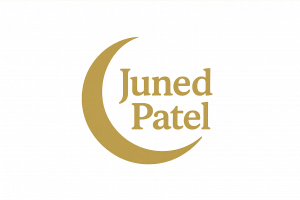



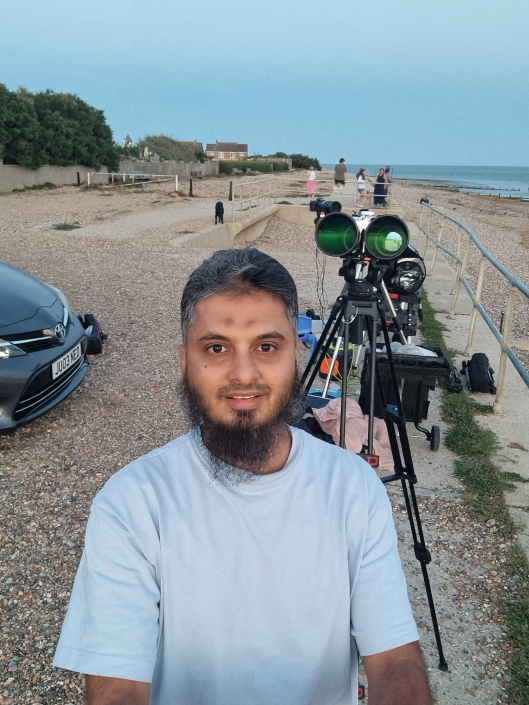
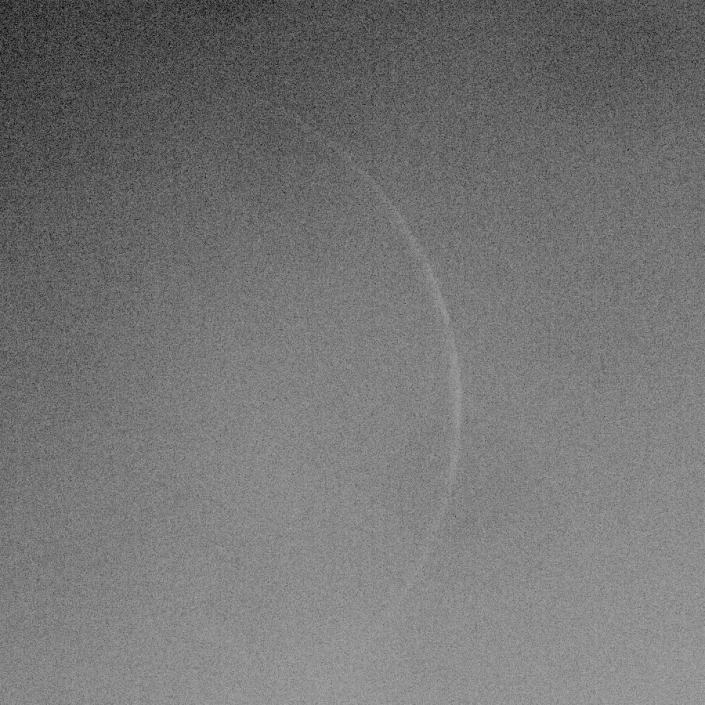
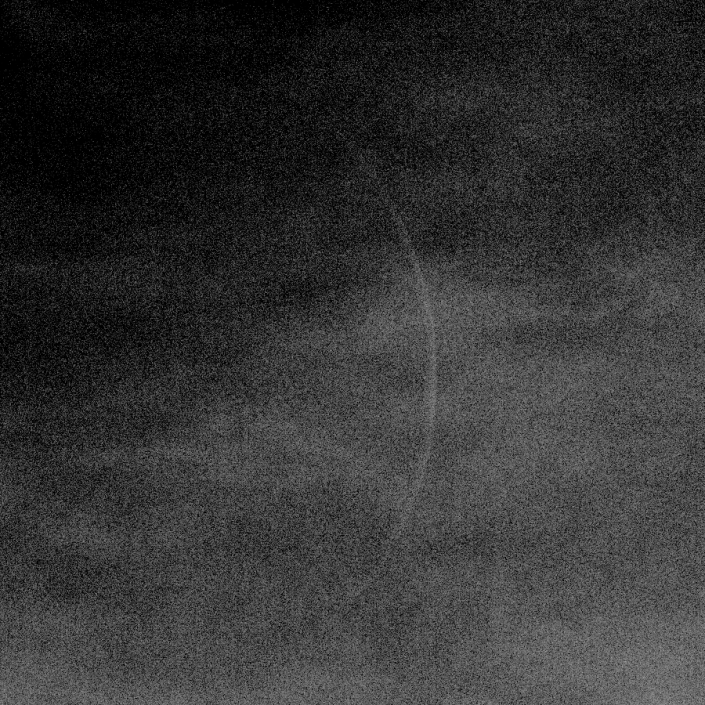
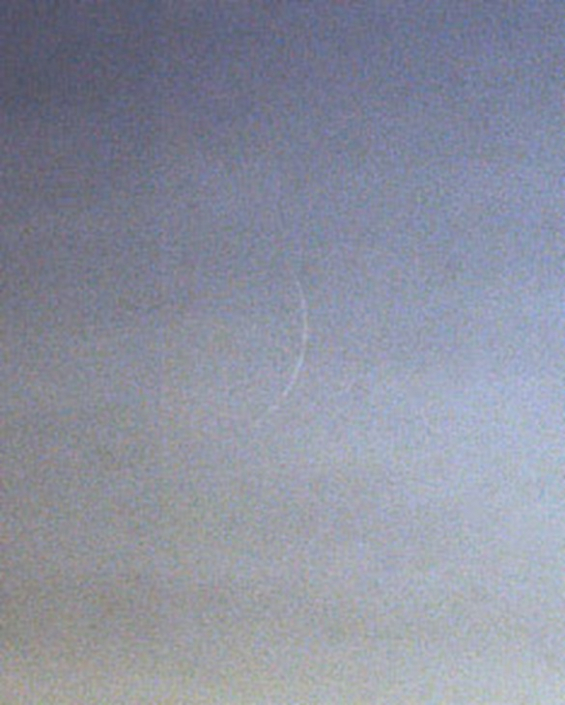
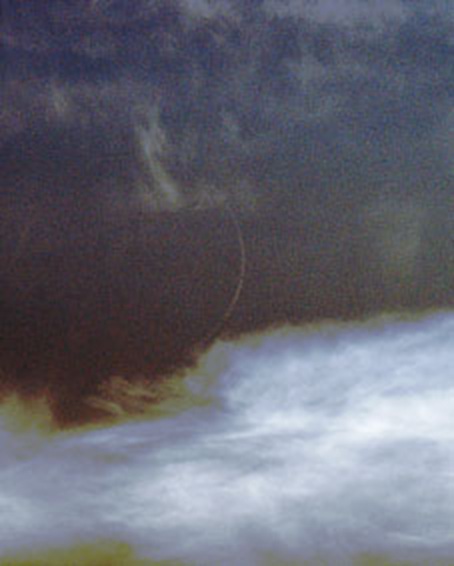

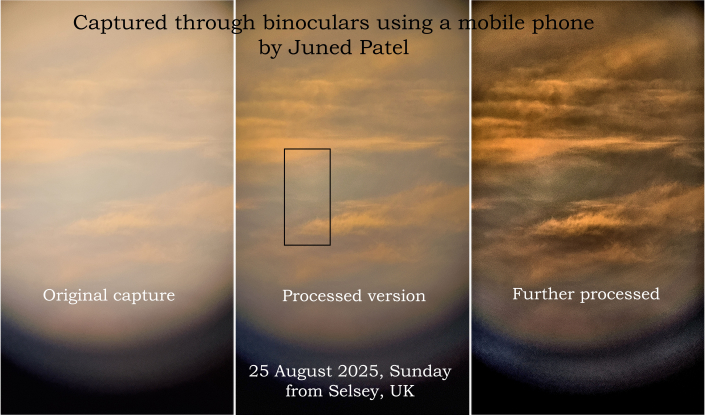
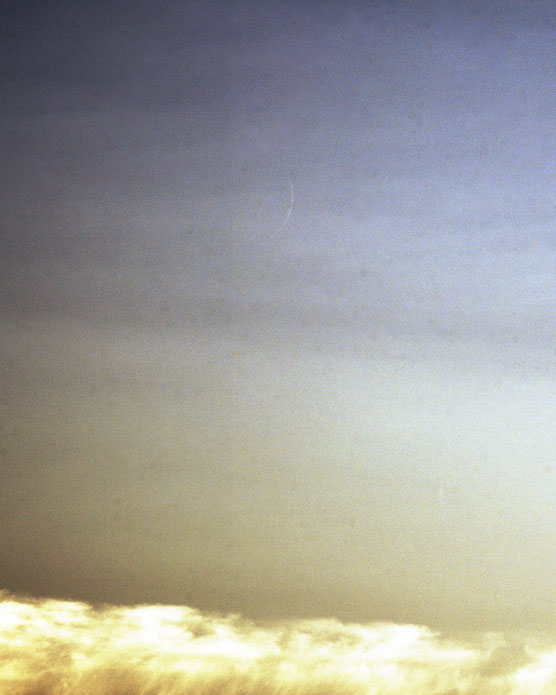
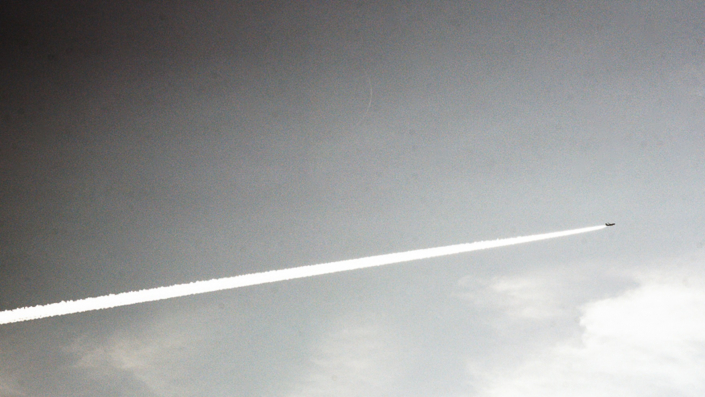
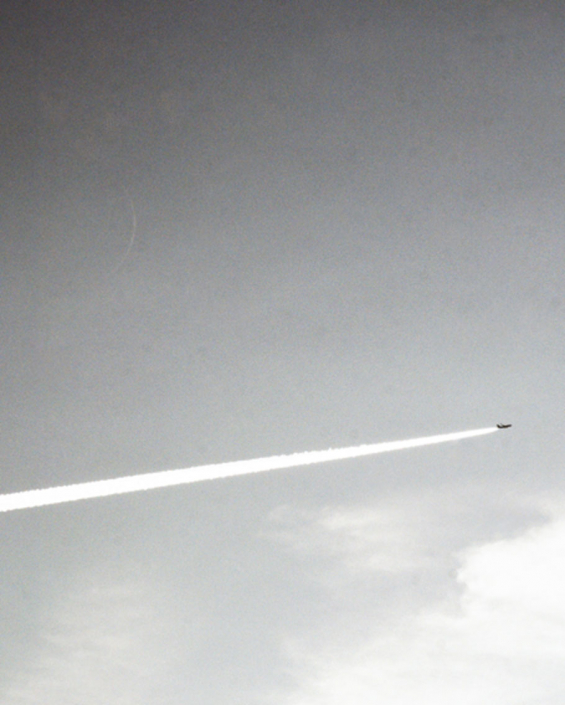
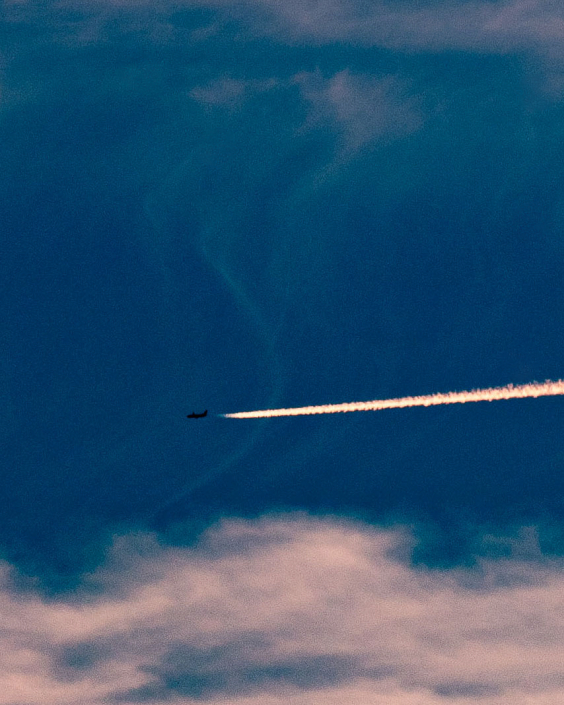
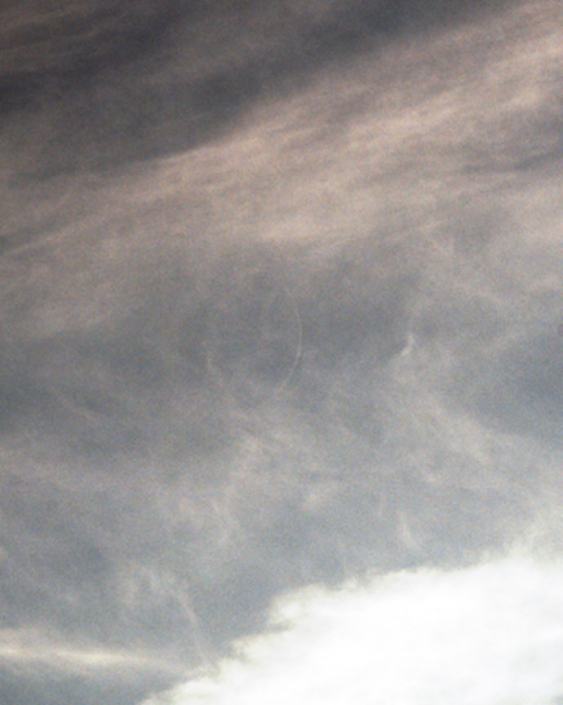

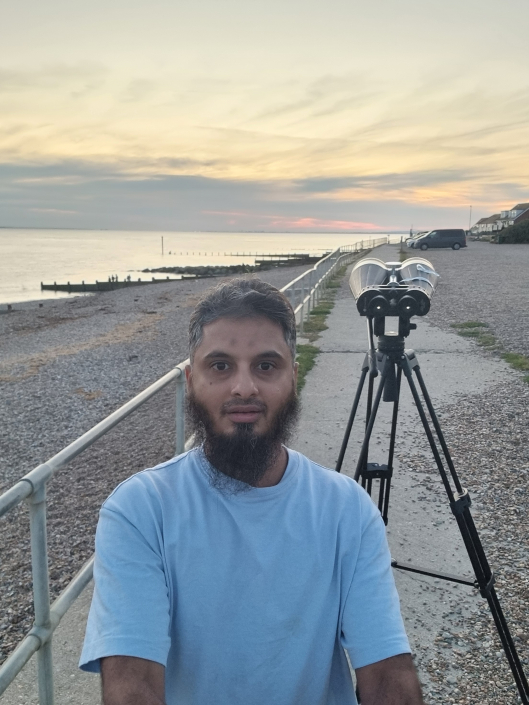
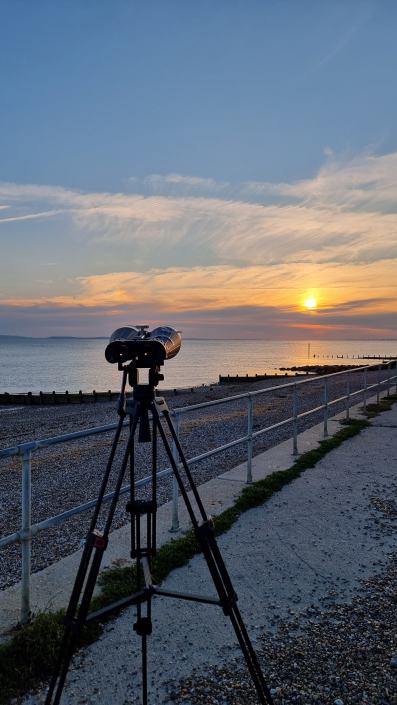

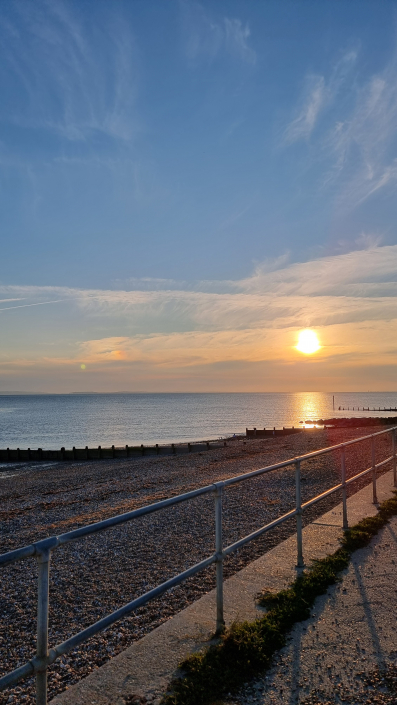

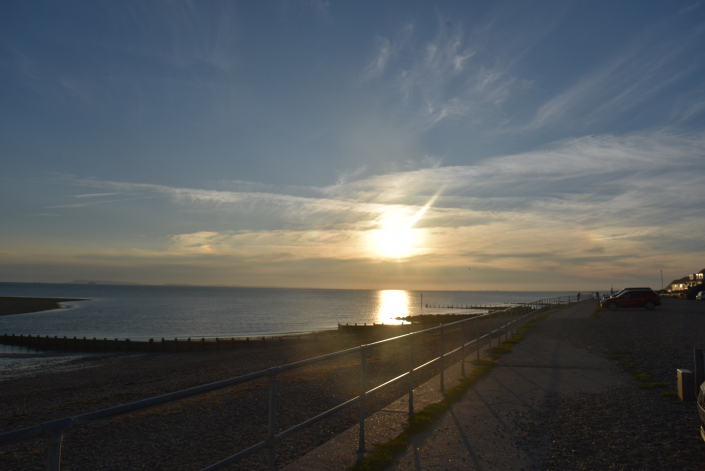


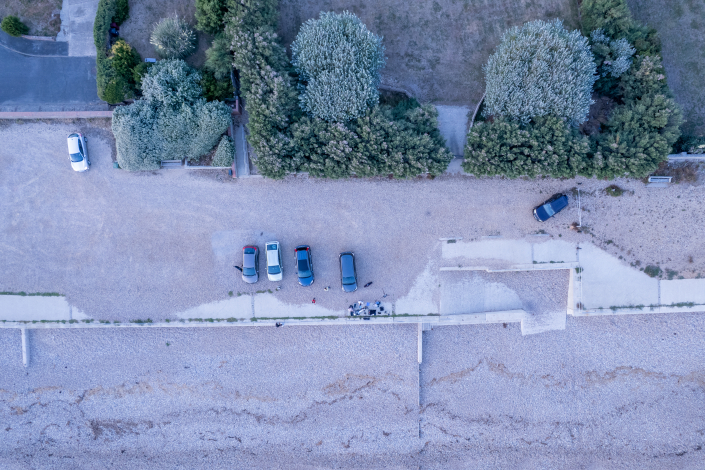

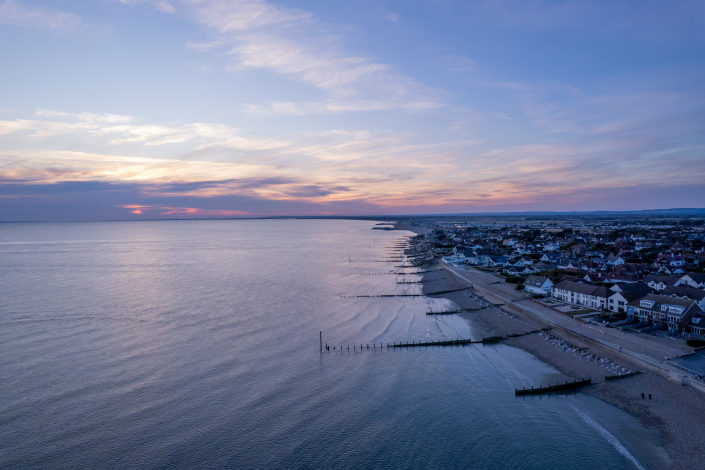

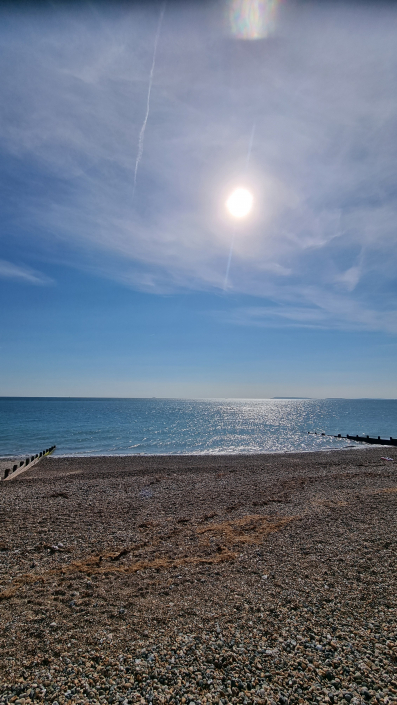
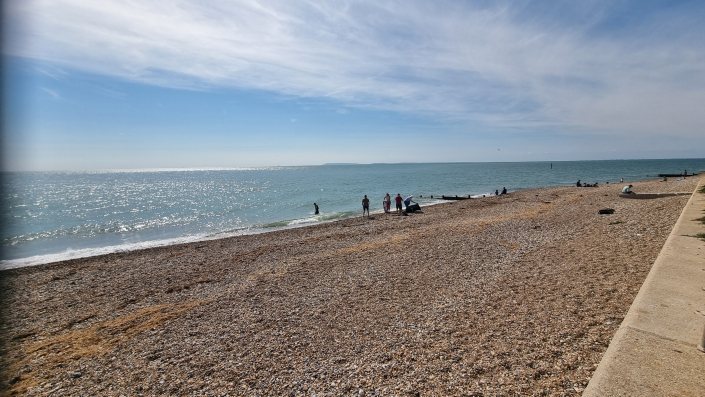
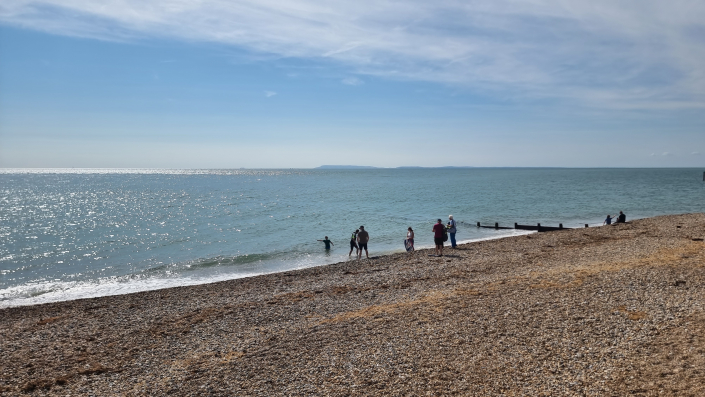
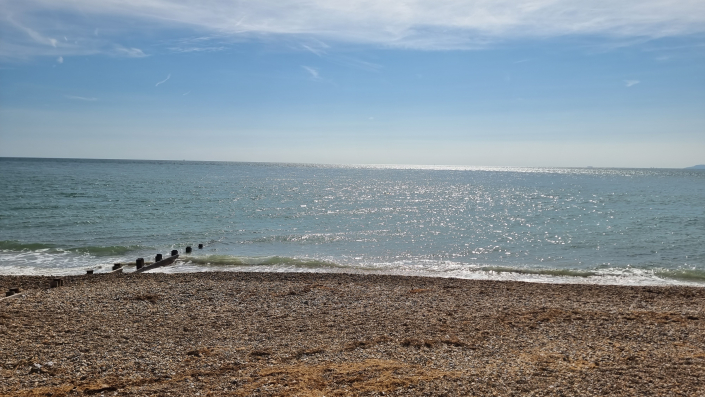

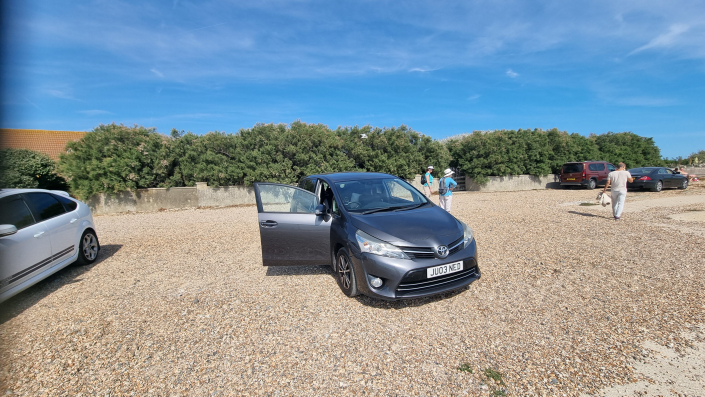
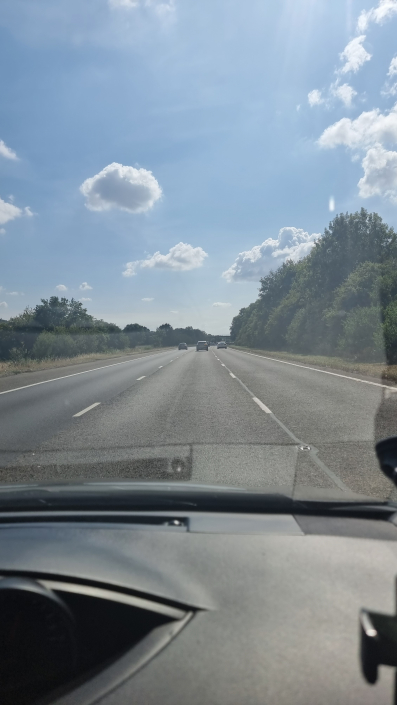
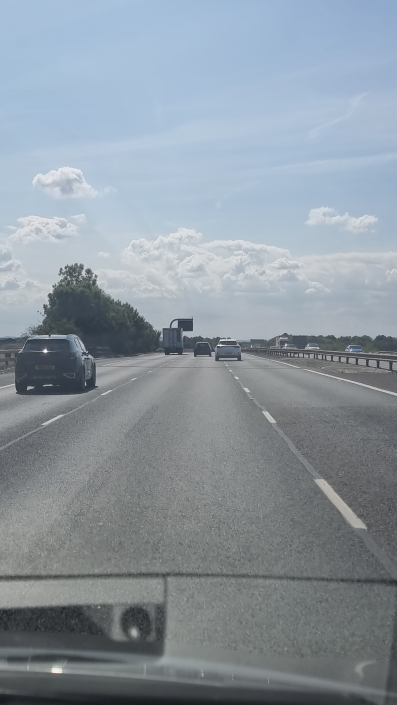

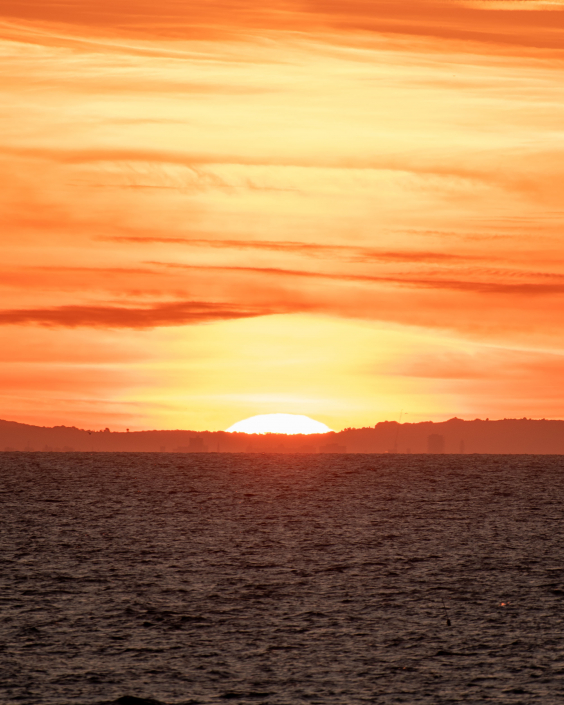


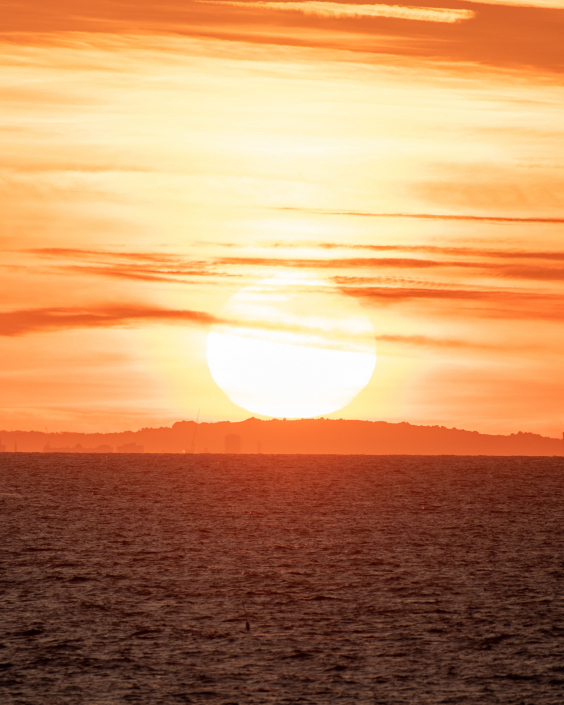
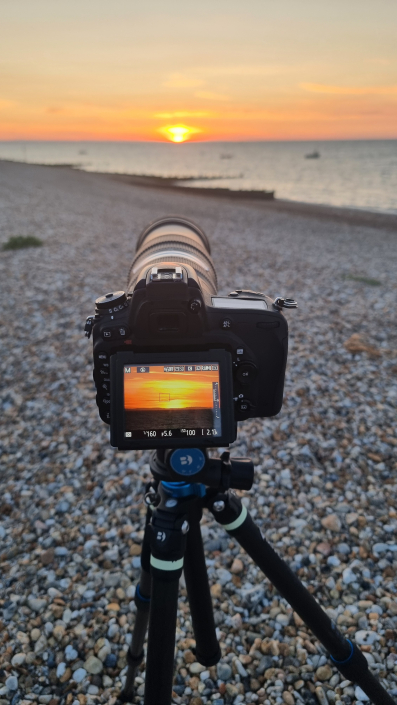
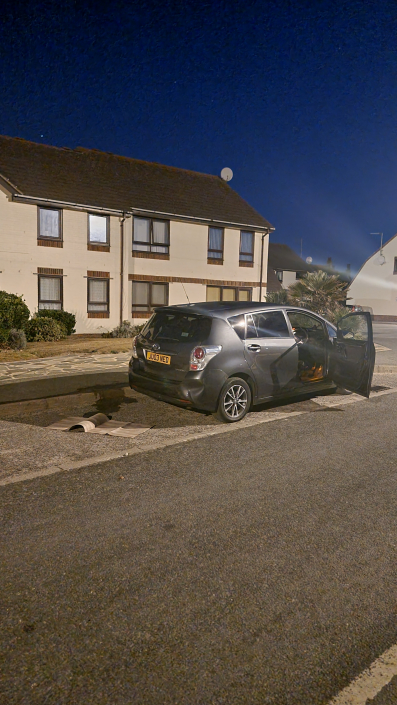
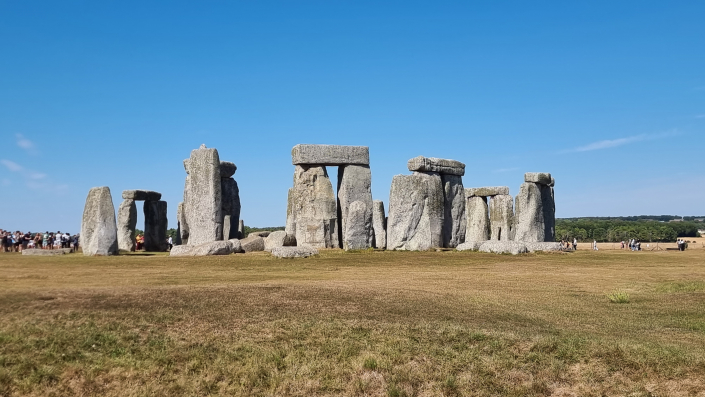
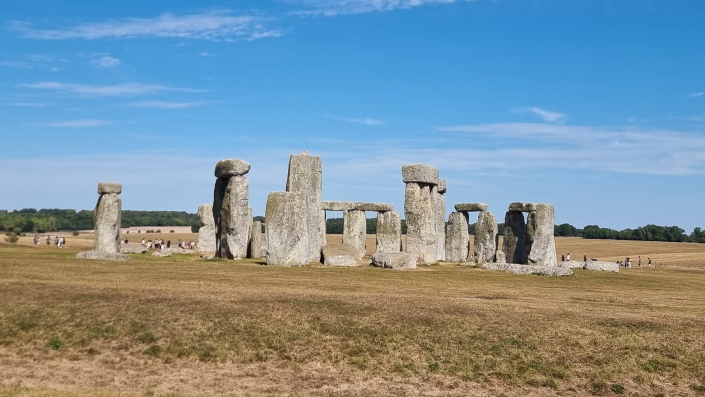
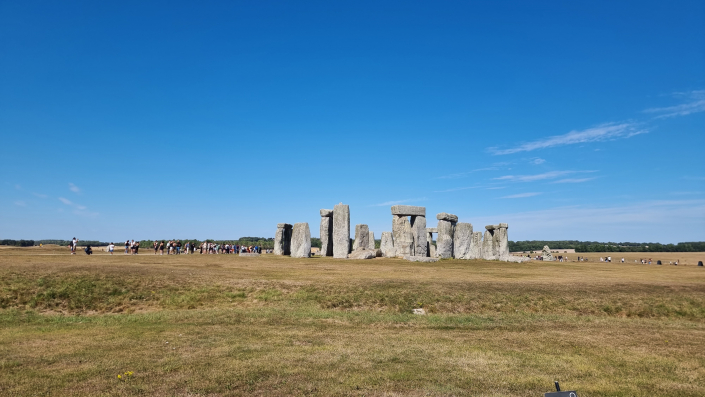
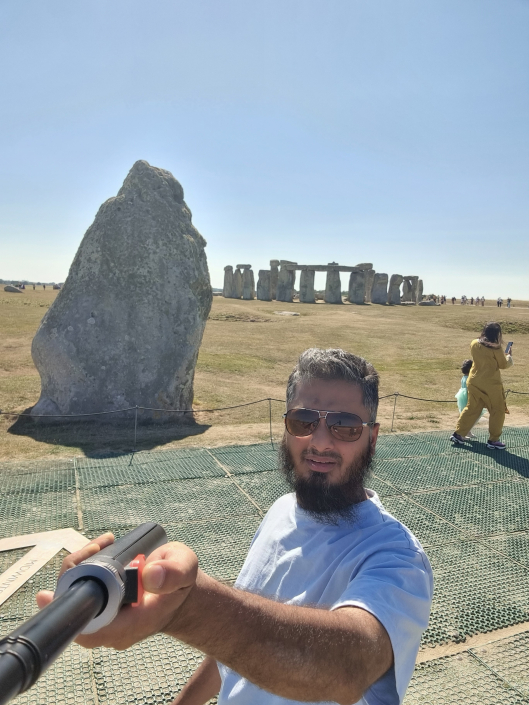
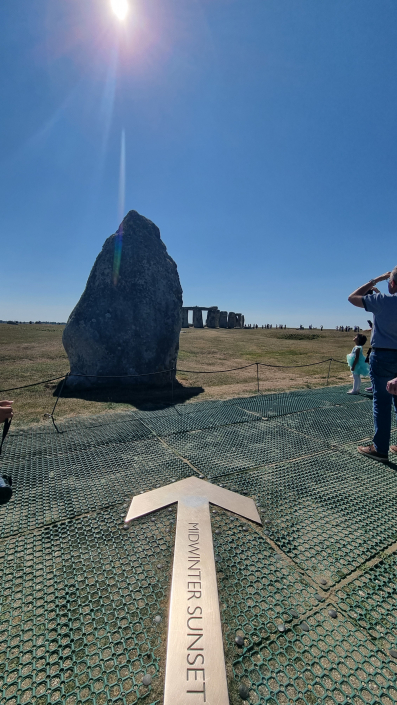
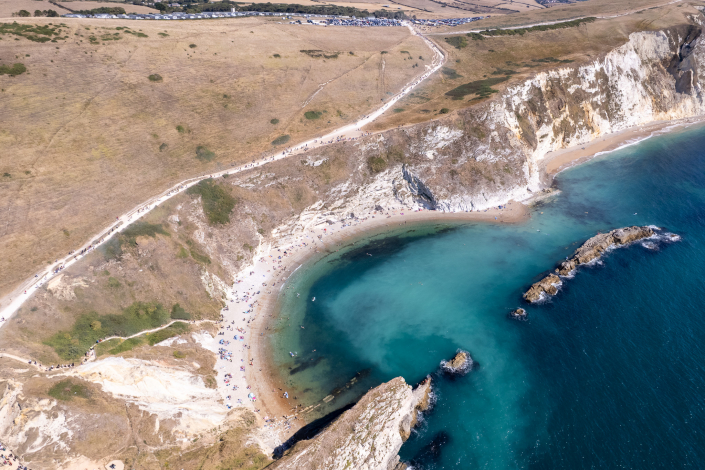

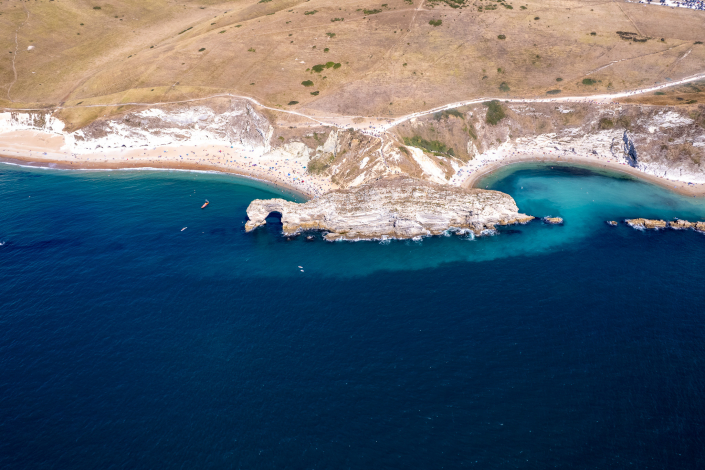



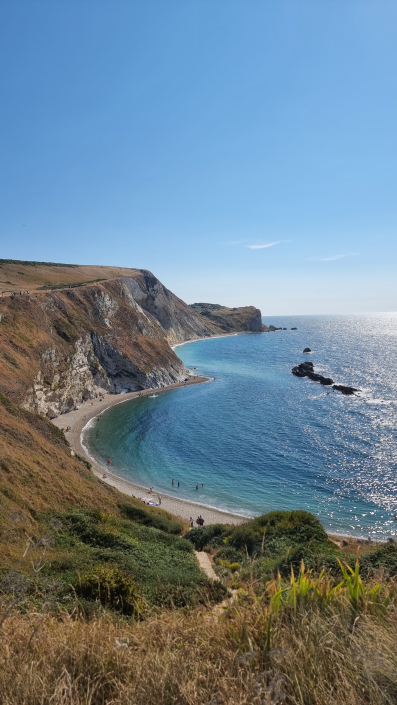
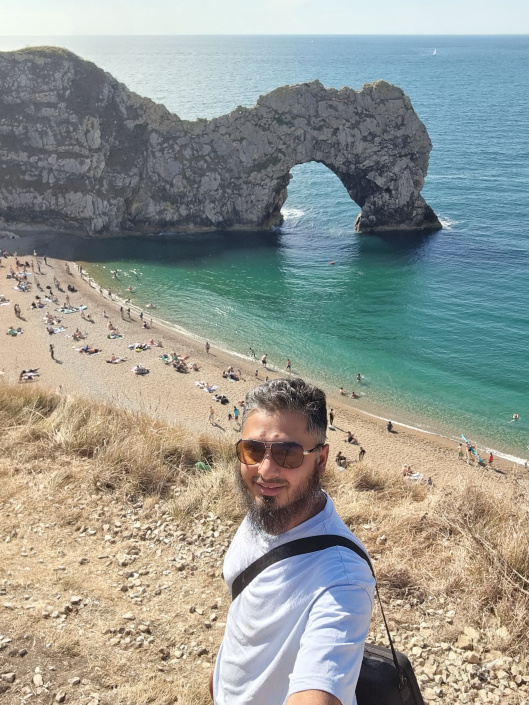




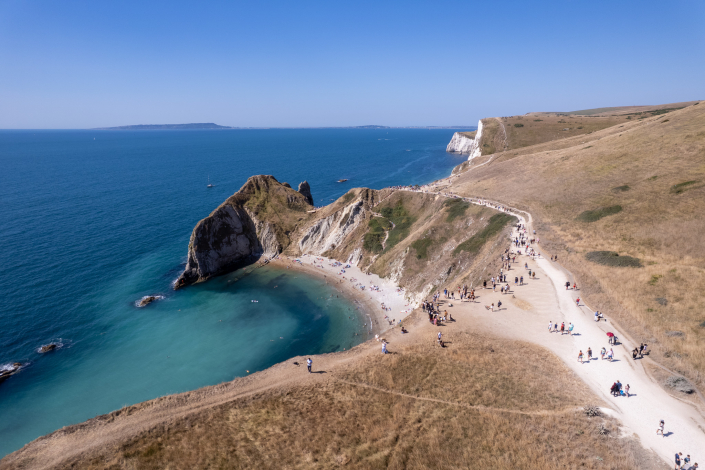

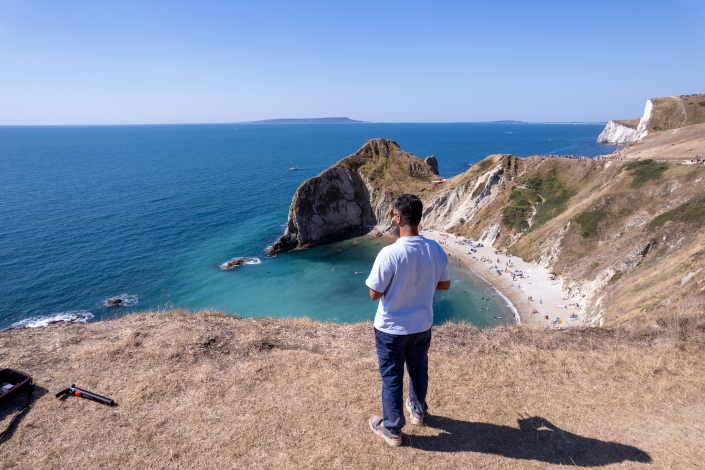
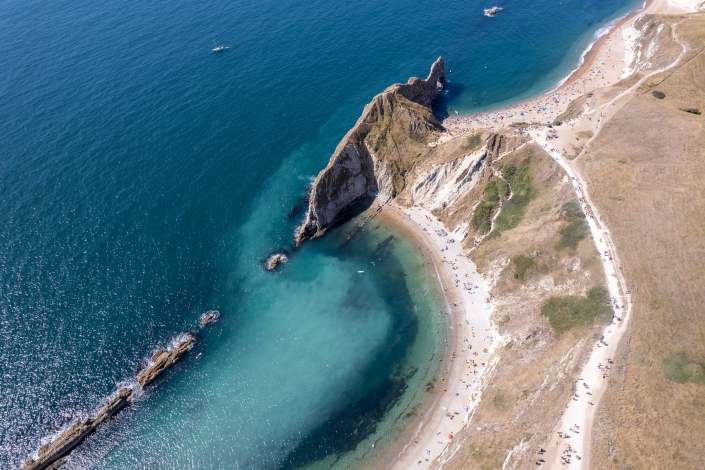
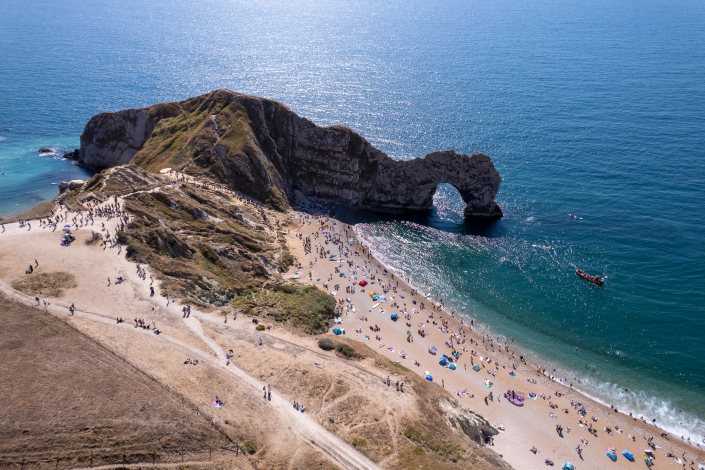
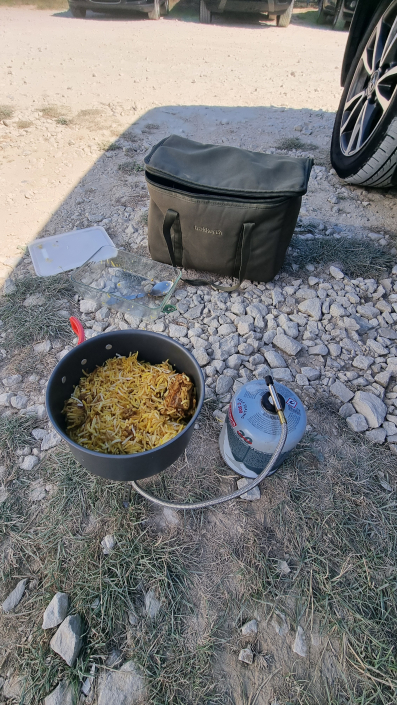
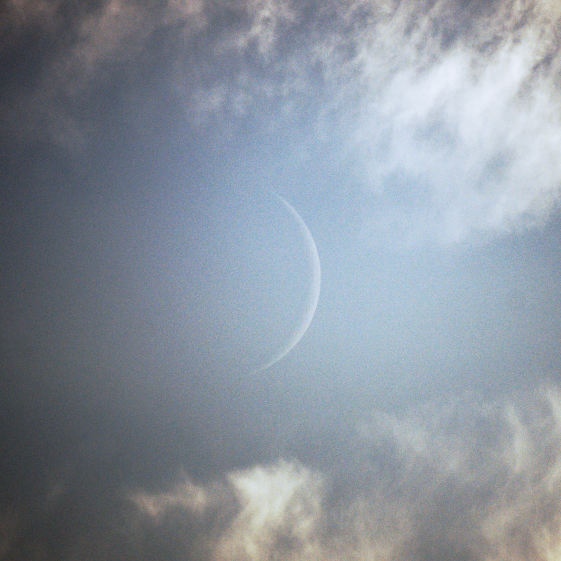

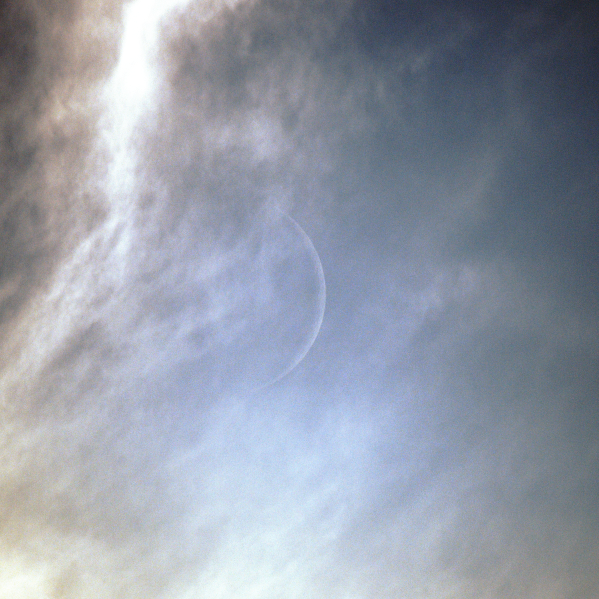
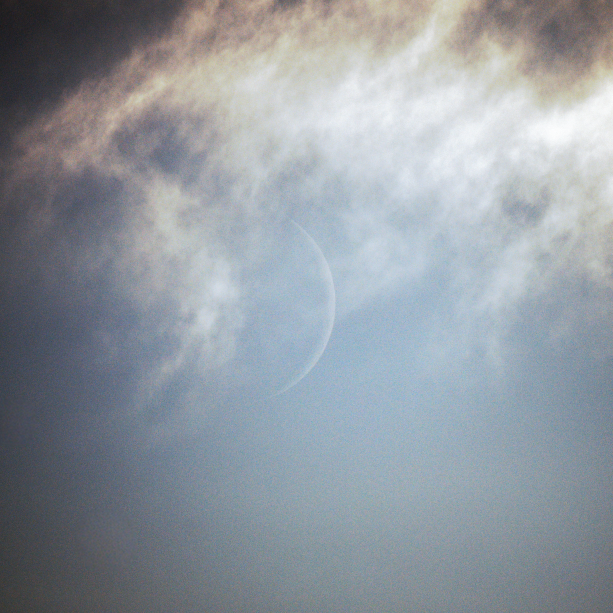

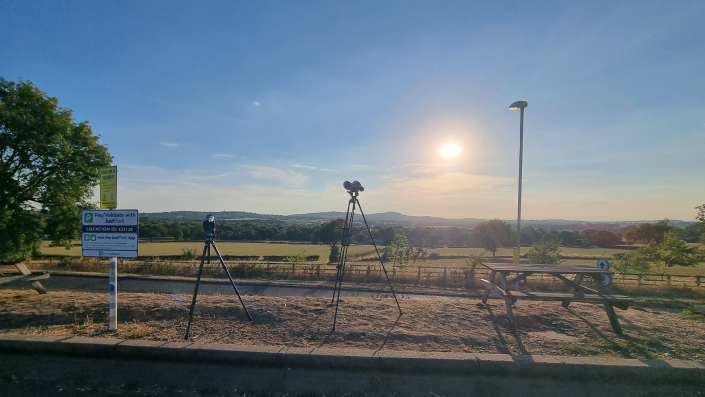


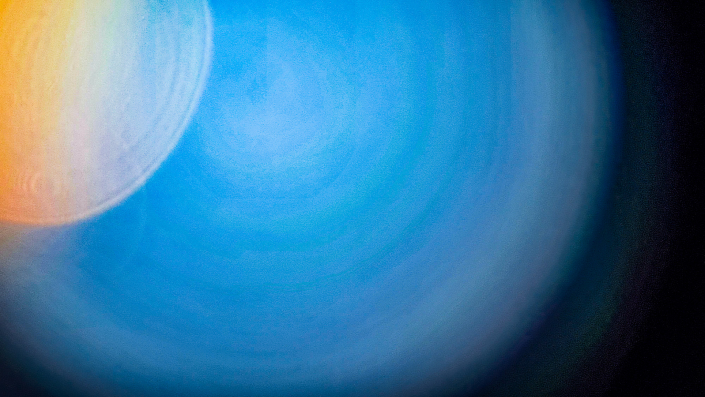
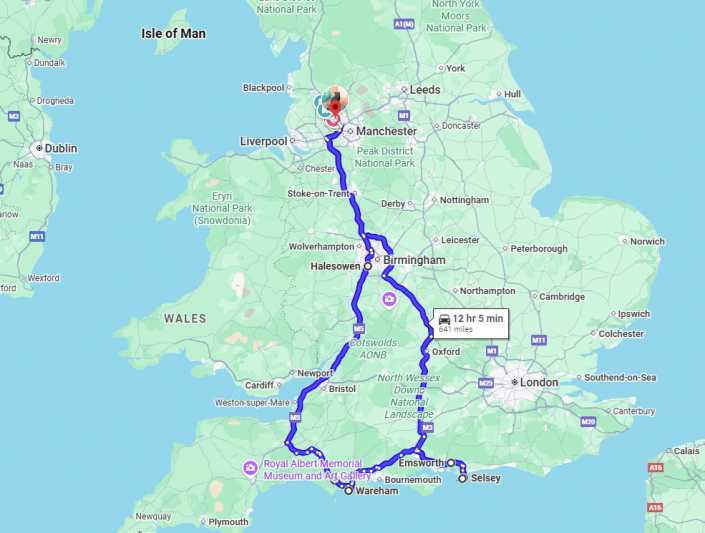
Leave a Reply
Want to join the discussion?Feel free to contribute!